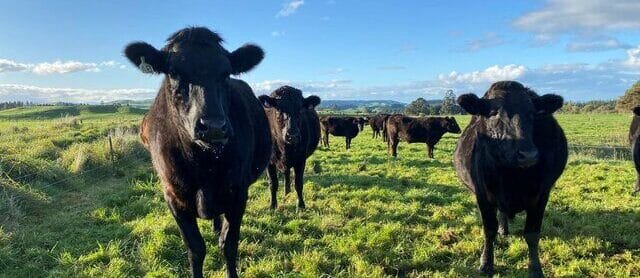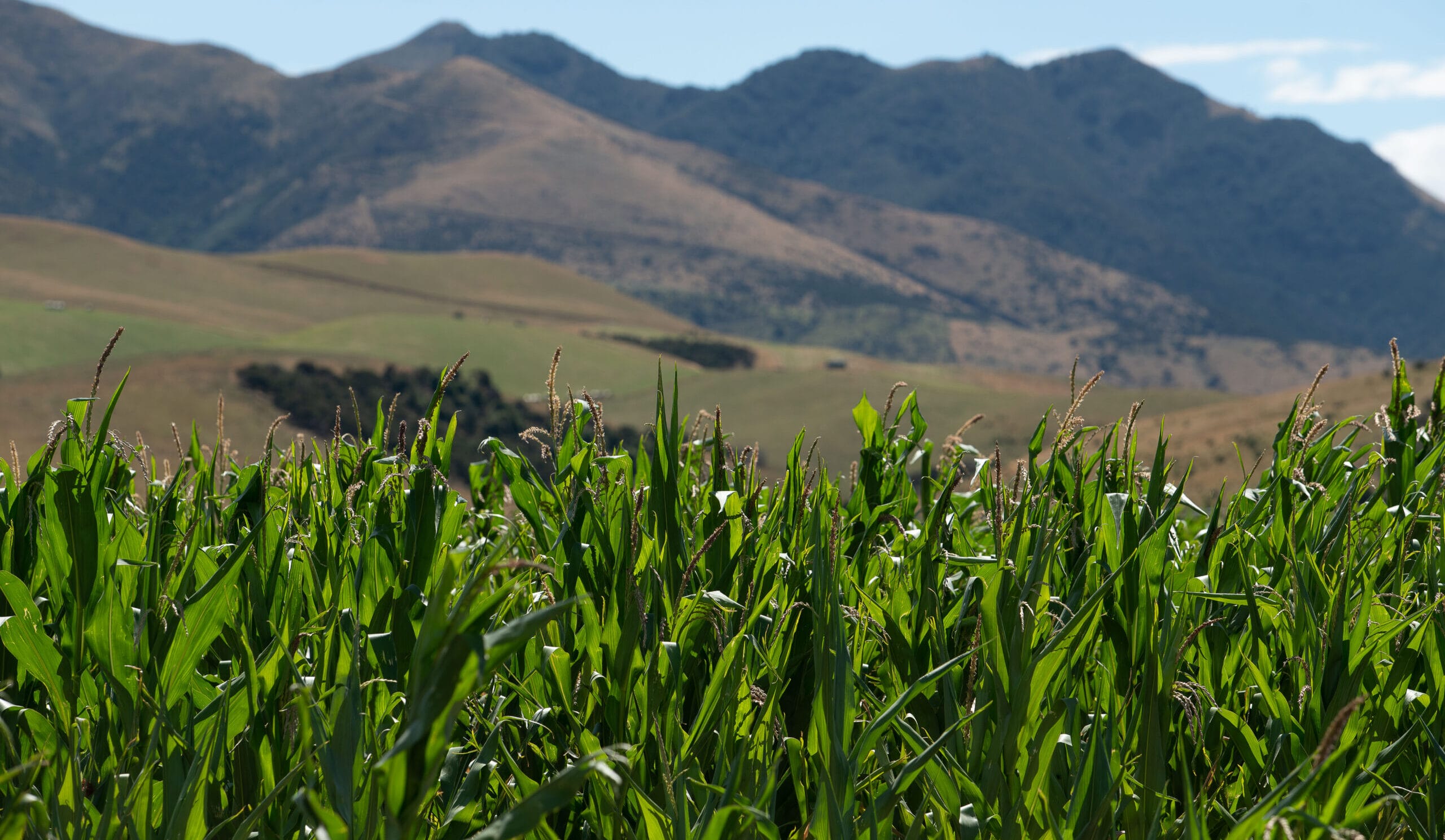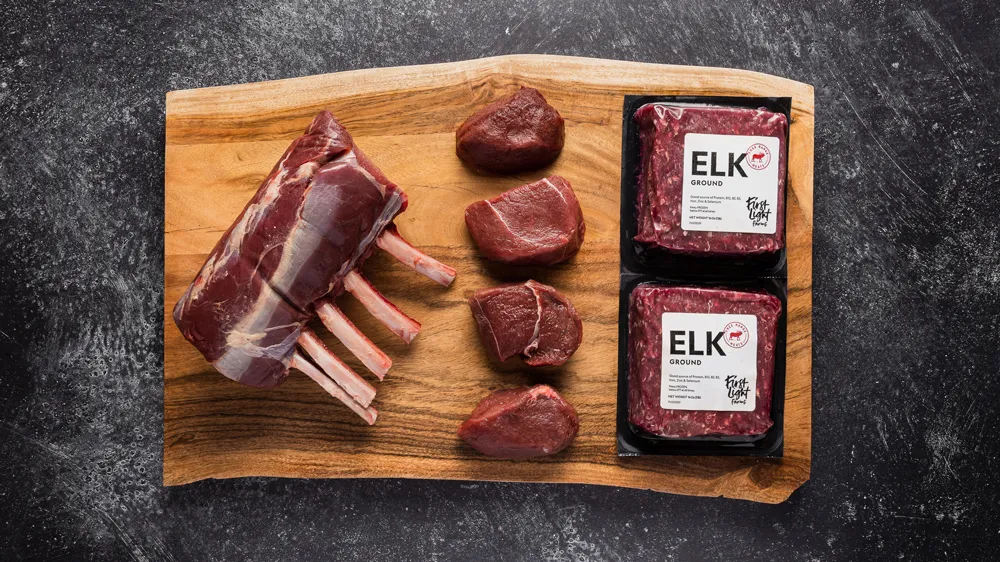Calories and Weight Loss for Dogs
Episode 1: Calories and Weight Loss for Dogs
There’s more to weight loss than just calories
Dr Mark Roberts, PhD
Energy from macronutrients
When determining the amount of energy in food for dogs, the modified Atwater approach is typically adopted. This involves estimating that both protein and carbohydrates provide 3.5 kcal/g, whilst 8.5 kcal/g is attributed to fat. By determining the total contribution of protein, fat, and carbohydrate to a diet, in turn enables the metabolizable energy (ME) to be calculated1. By using specific calculations to establish how many calories a dog needs per day, it is then possible to establish how much of a diet should be fed to a dog, either to maintain, lose or gain bodyweight.
Unfortunately, there are several factors which complicate the simple energy density given to each of the three macronutrients. For example, it assumes that commercial pet foods have digestibilities in the range of 75 to 85%2. Because the same formula is used for both dogs and cat foods, irrespective of the relative fiber content or presumed digestibility, calculations may underestimate energy content of highly digestible foods and overestimate those of less digestible foods3. This can consequently result in the underestimation of the ME content, which could result in overfeeding and contribute to obesity and its associated disorders4.
Carbohydrates
When discussing carbohydrates in dog food, starch is perhaps a more appropriate term. Starch, is basically a complex carbohydrate that exists in many foods, including grains, vegetables, and fruits5. Processed carbohydrate sources have typically been partially broken down and have fibre content reduced significantly. This impacts a dog, by increasing blood glucose and insulin concentrations, factors which raise the risk of weight gain occurring. In contrast, unprocessed carbohydrates such as highly fibrous vegetables, have a minimum influence on blood glucose and insulin6.
Protein
Protein is made of molecules of amino acids. As a macronutrient, protein has many important functions for a dog, including transporting materials, helping with immunity, and balancing fluids. However, one major function of protein, is to help grow or maintain body tissues, in particular muscle. Muscle tissue, both its maintenance and building is vitally important due to being metabolically active. In simple terms, building muscle tissue, burns more calories. Hence if a diet with a significant contribution from protein is consumed by a dog, muscle mass is likely to increase, facilitating the requirement of more energy and helping in bodyweight loss if desired.
Fat
Dietary fat plays many roles for a dog to remain healthy, such as absorption and digestion of fat-soluble vitamins and regulating the inflammation process via a proper immune response. Additionally dietary fat also helps a dog maintain its skin and coat from becoming dull and flaky. Regarding maintaining weight and helping with bodyweight loss, a common misconception is that dietary fat will make a dog fat. From a metabolic perspective this viewpoint is factually incorrect. Fat, does of course contain more energy than carbohydrates and protein. However, if excessive energy is consumed from either protein, fat or carbohydrate, bodyweight gain will occur regardless.
One key benefit a diet high in fat content has, compared to protein and carbohydrate, is helping with weight management. This is due to dietary fat, slowing down the rate the stomach empties, which helps dogs feel more satiated, reducing the potential for overeating. This is particularly important, as 56% of dogs are now classified as being overweight7. Highlighting this, my own research established that when dogs were able to free feed on a high fat diet, the animals ate to energy requirement, with no significant weight gain observed8.
In summary
Overall to help a dog both maintain and lose bodyweight, a diet consisting of a small quantity of unprocessed carbohydrates, with a good fibre content is advantageous. Combining this with a significant dietary contribution from protein to build and maintain muscle mass, and a high fat component to reduce the potential of overeating, is the optimal macronutrient balance to help a dog achieve or maintain an ideal body condition score.
References
1. Hall JA, Melendez LD, Jewell DE (2013) Using Gross Energy Improves Metabolizable Energy Predictive Equations for Pet Foods Whereas Undigested Protein and Fiber Content Predict Stool Quality. PLoS ONE 8(1)
2. Gross KL, Jewell DE, Yamka RM, Schoenherr WD, Khoo C, et al. (2010) Macronutrients. In: Hand MS, Thatcher CD, Remillard RL, Roudebush P, Novotny BJ, editors. Small animal clinical nutrition, 5th ed. Topeka KS: Mark Morris Institute. 49–105.
3. NRC (USA) (2006) Nutrient requirements of dogs and cats/Ad Hoc Committee on Dog and Cat Nutrition. National Academy Press, Washington, DC.
4. Yamka RM, Mcleod KR, Harmon DL, Freetly HC, Schoenherr WD (2007) The impact of dietary protein source on observed and predicted metabolizable energy of dry extruded dog foods. Journal Animal Science 85: 204–212.
5. Bashir K, Aggarwal M. Physicochemical, structural, and functional properties of native and irradiated starch: a review. Journal Food Science Technology. 2019 Feb;56(2):513-523.
6. Carciofi, A. C., Takakura, F. S., De‐Oliveira, L. D., Teshima, E., Jeremias, J. T., Brunetto, M. A., & Prada, F. (2008). Effects of six carbohydrate sources on dog diet digestibility and post‐prandial glucose and insulin response. Journal of Animal Physiology and Animal Nutrition, 92(3), 326-336.
7. Association for Pet Obesity Prevention Survey, 2016 & 2018 Banfield Pet Hospital Health, 2019 National Pet Insurance Claims Report, 2016.
8. Roberts, M. (2020). Macronutrient self-selection in dogs and the impact on markers of health: a thesis presented in partial fulfilment of the requirements for the degree of Doctor of Philosophy in Animal Science at Massey University, Palmerston North, New Zealand (Doctoral dissertation, Massey University).











